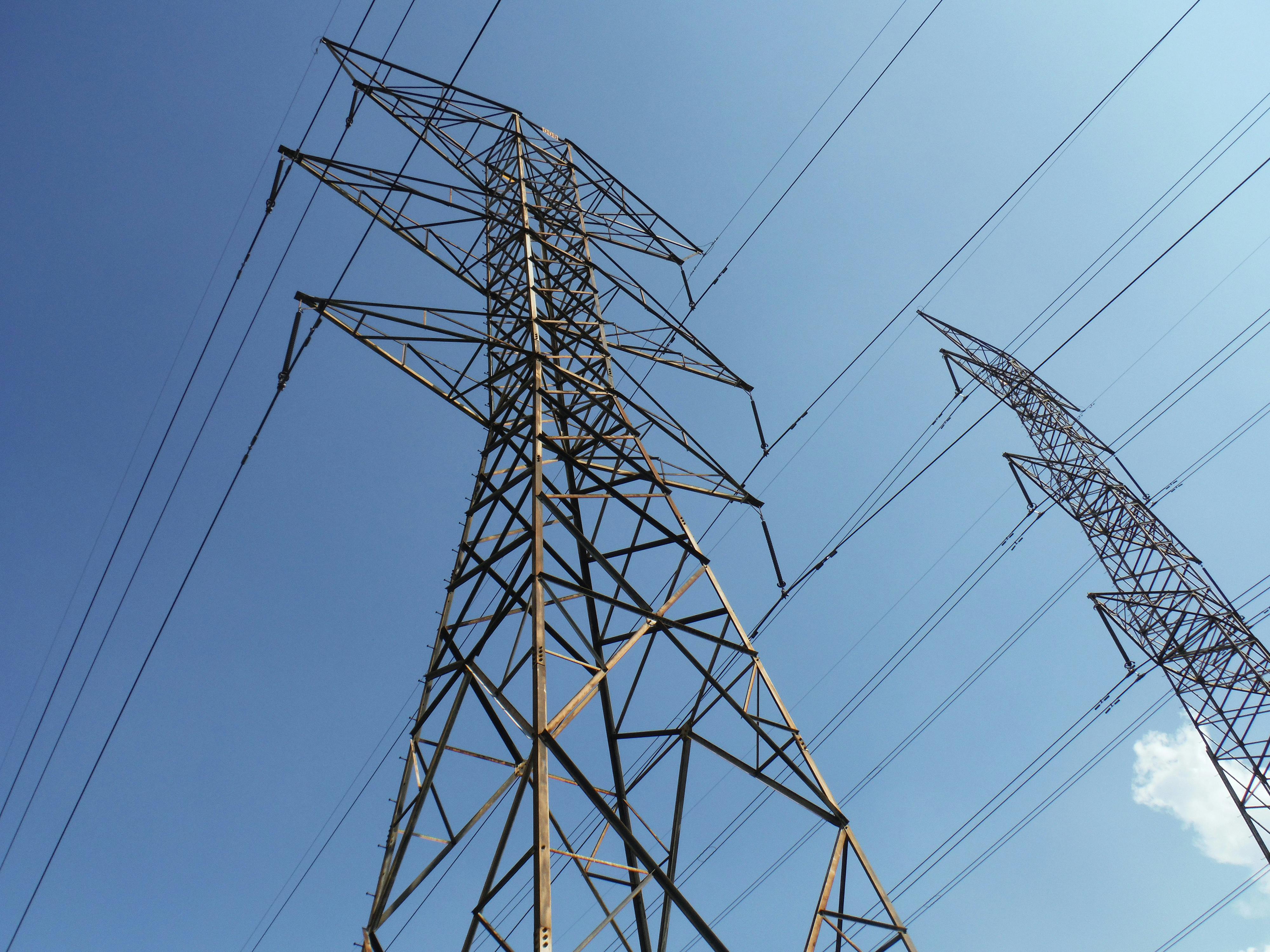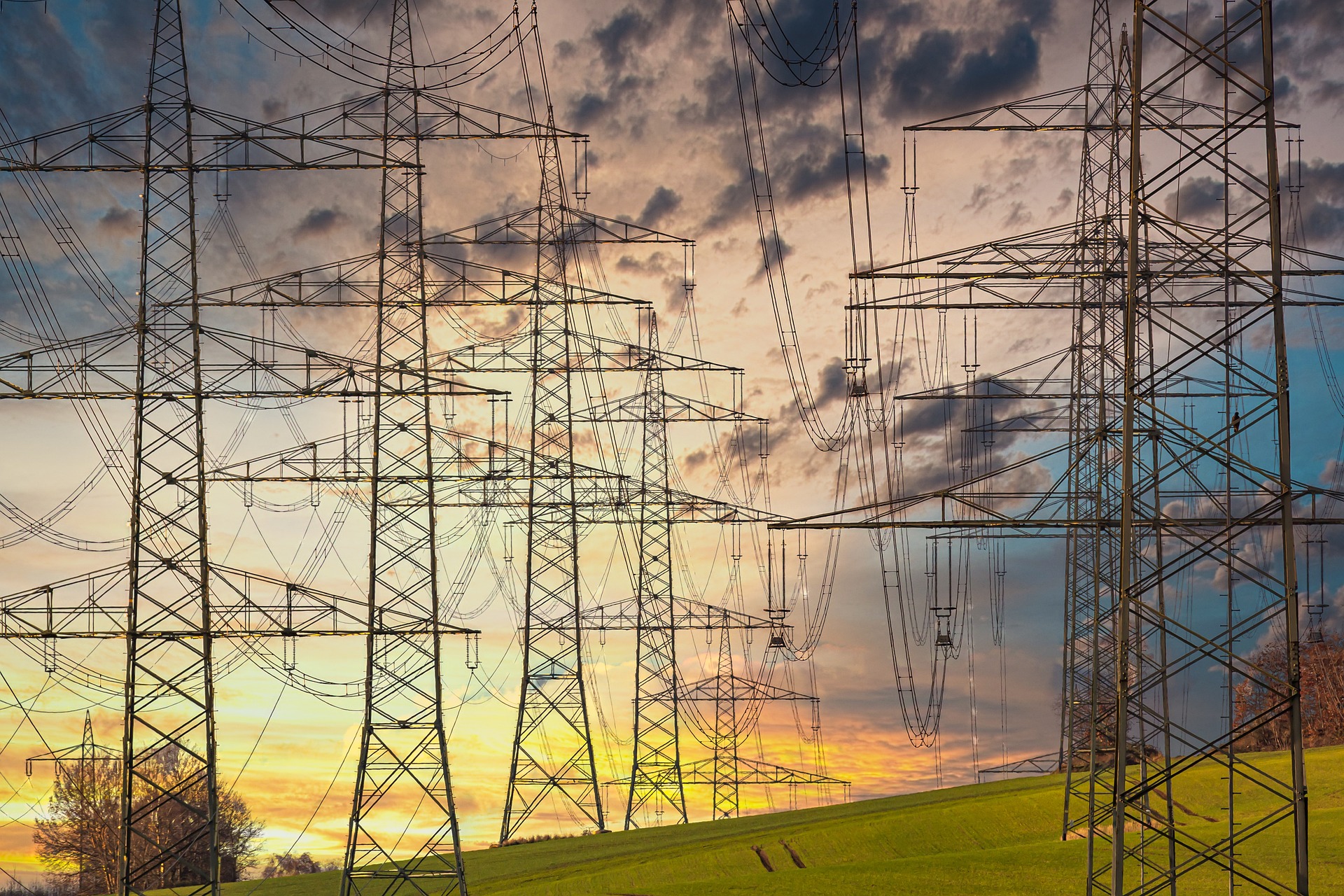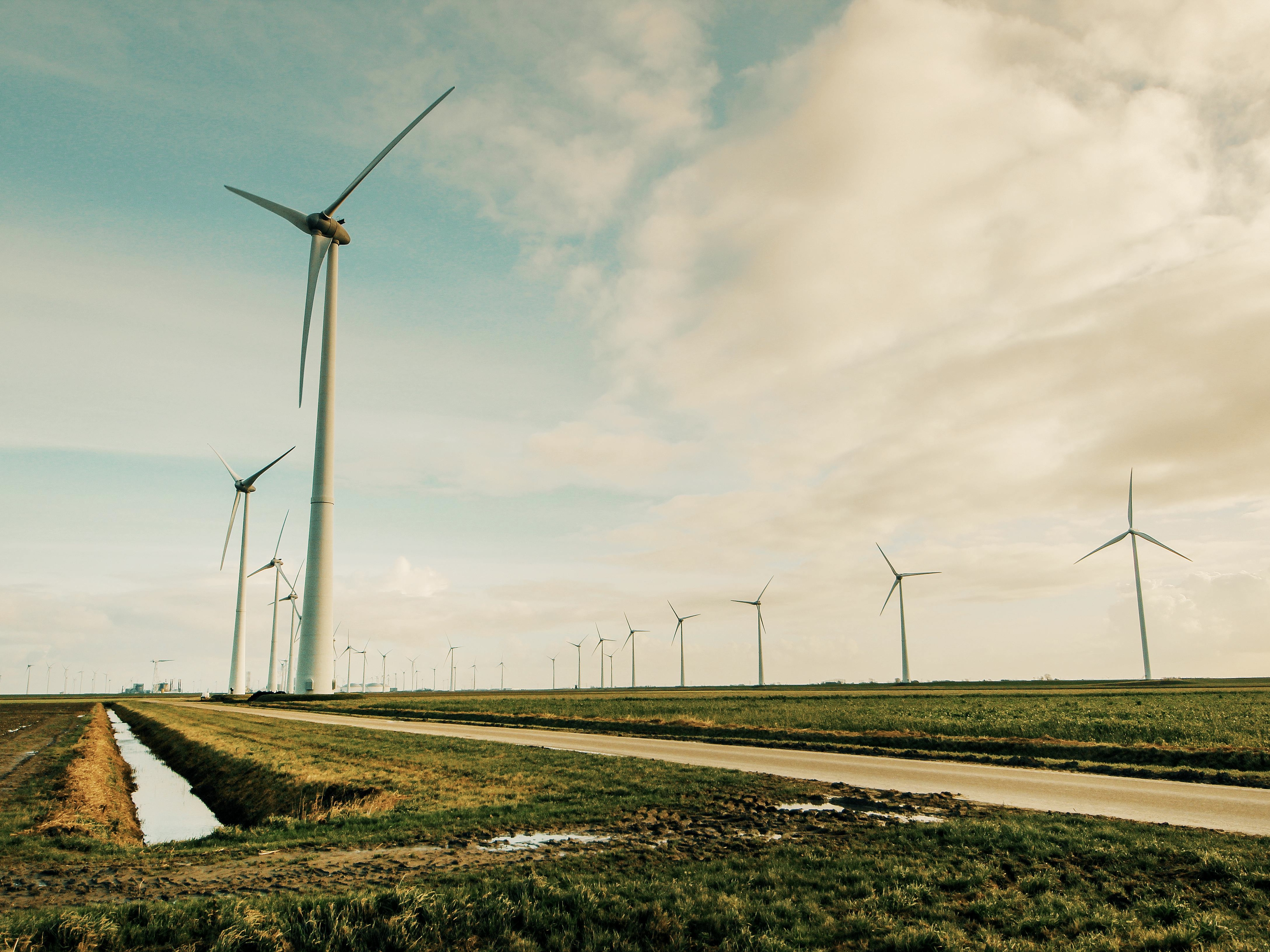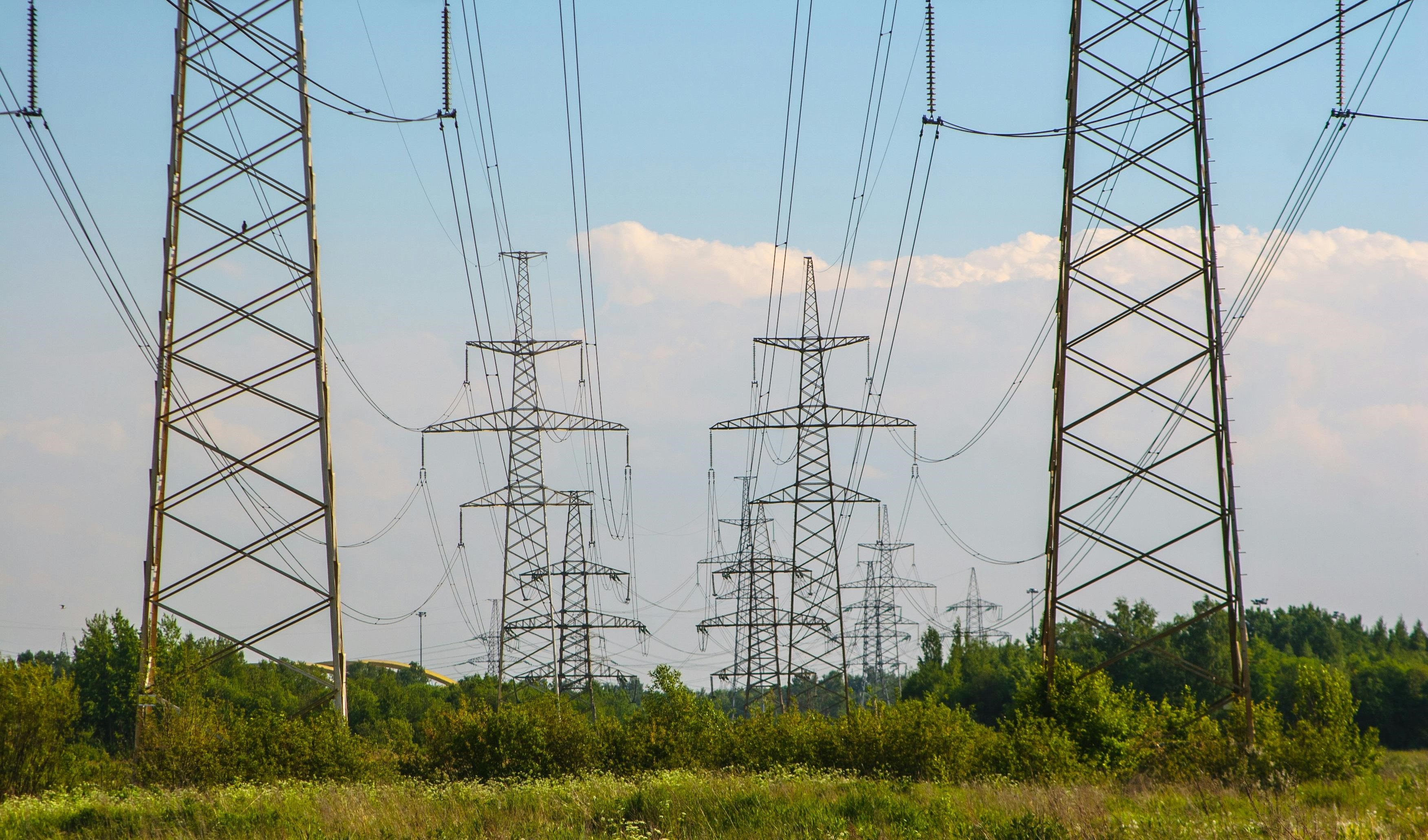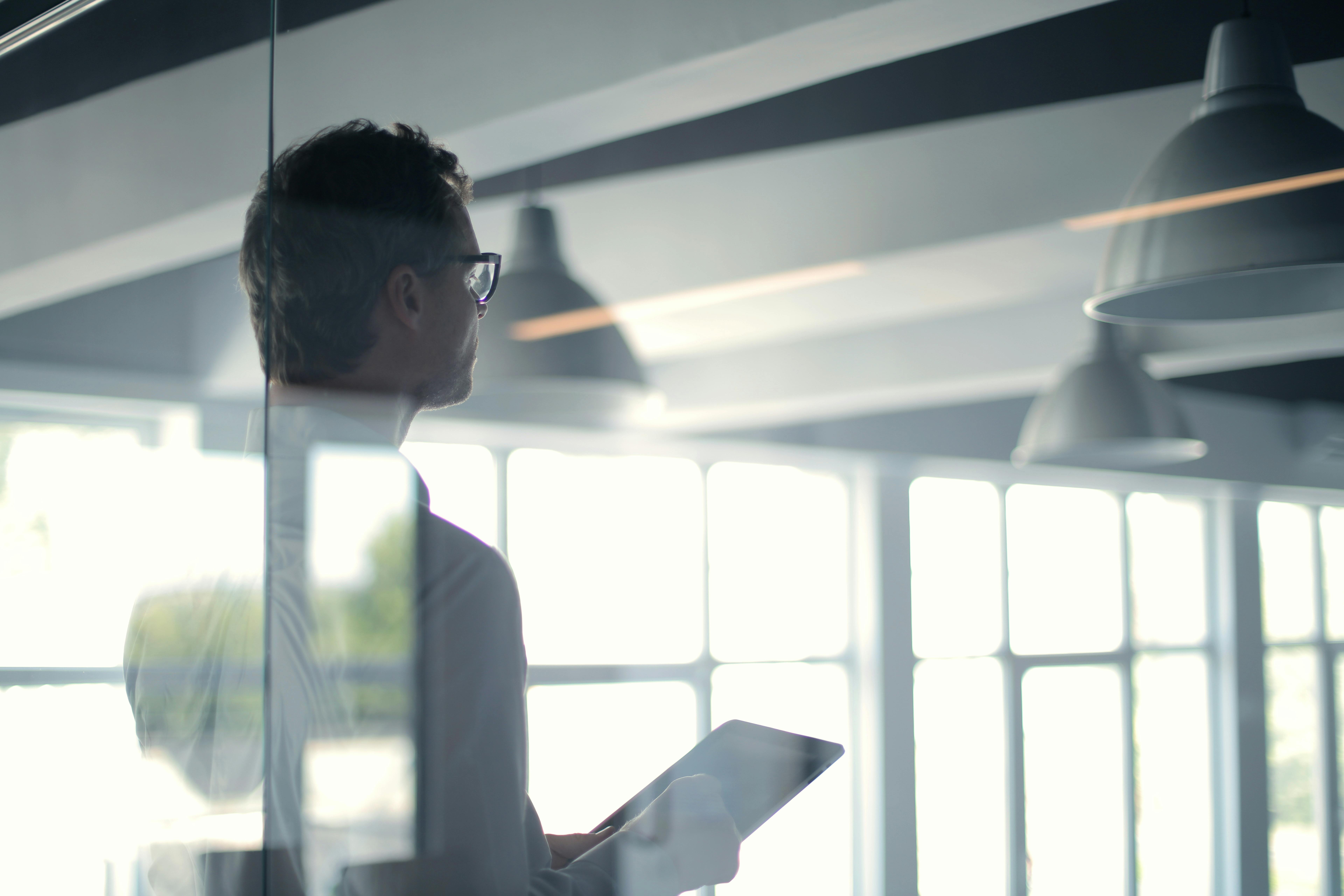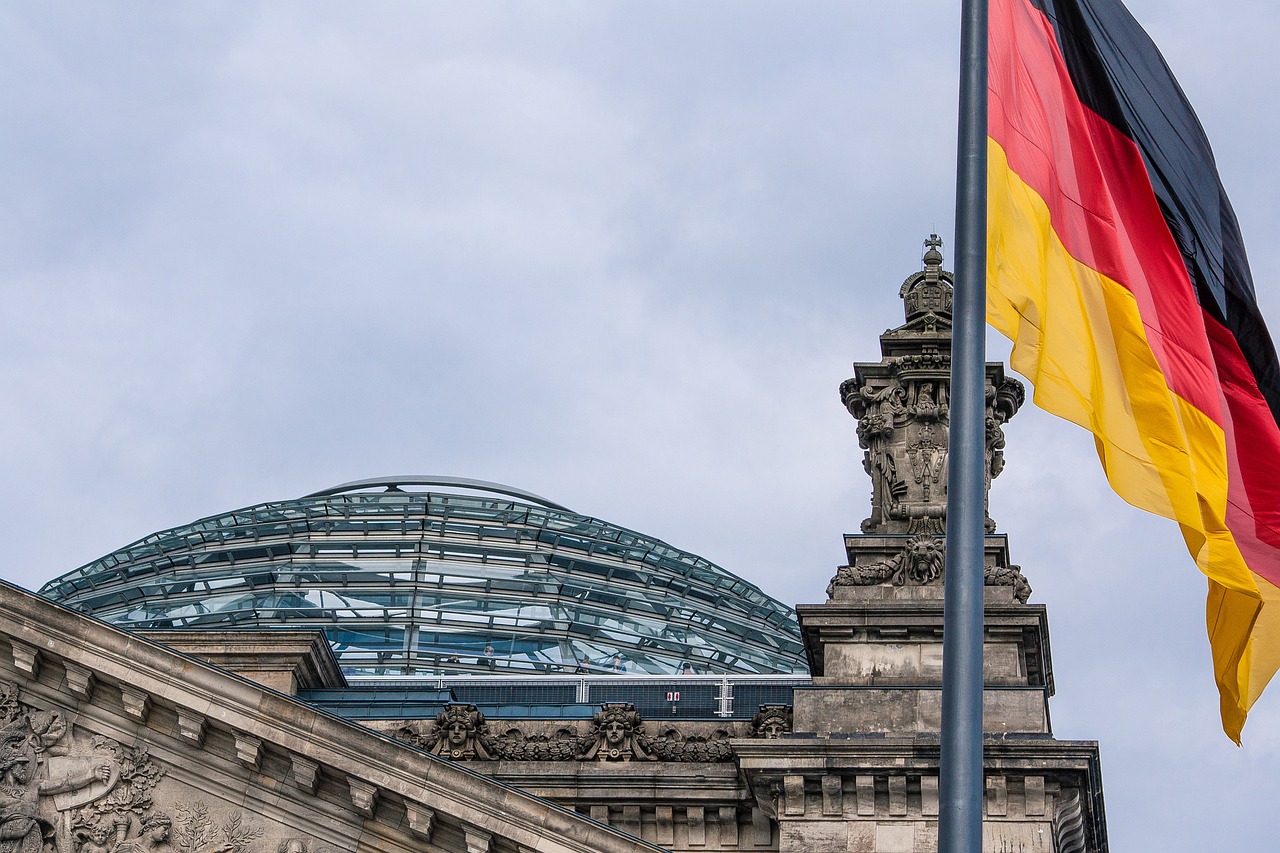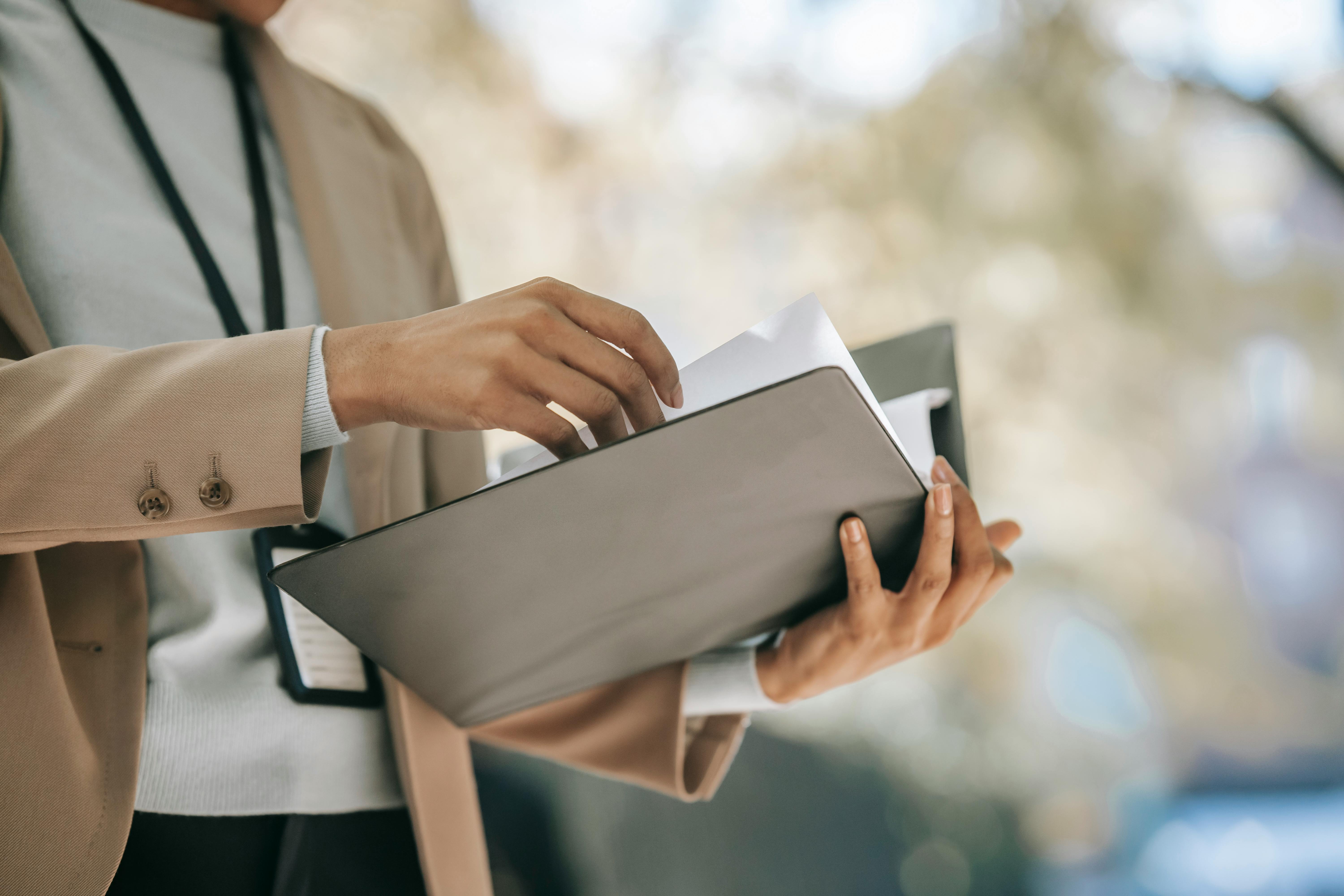Why it pays to flexibilize your company's electricity consumption
Making electricity consumption more flexible is becoming increasingly important in industry. Companies are faced with the challenge of rising electricity prices, fluctuating energy generation and network utilization. Flexible electricity consumption can help to reduce costs and operate more sustainably. But what does that mean in practice?

What does “flexibilization of electricity consumption” mean?
Flexibilization of electricity consumption refers to the adjustment of energy consumption to external factors such as electricity prices, grid capacities or the availability of renewable energy. Instead of consuming electricity continuously and independently of external conditions, energy use is controlled in a targeted manner. Industrial companies can, for example, shift energy-intensive processes to times of low electricity prices or use surplus renewable energy efficiently.
Why it is becoming increasingly important to flexibilize electricity consumption
The need to flexibilize electricity consumption is increasing for several reasons:
- Fluctuating energy prices: Due to the increasing integration of renewable energies, electricity costs vary more than ever before. Companies that operate flexibly benefit from low prices (Fraunhofer ISE, 2023).
- Grid stability: Adapted load management relieves the power grid and reduces the risk of overloads such as the one in Oranienburg in 2024.
- Sustainability: Companies that adapt their electricity consumption to phases of high renewable energy production are making an important contribution to the energy transition and climate protection.
- Regulations and subsidies: Government requirements and financial incentives for load shifting or demand response programs make energy flexibility economically attractive.
Flexibilization potential in your company
The options for flexibilizing electricity consumption depend on the sector and production processes. Many people assume that flexibilizing electricity consumption can only be achieved through storage solutions. However, there are various controllable systems that enable energy flexibility:
- Cooling and heating: Cooling systems, heat pumps, combined heat and power units (CHP) and electric heat generators offer great potential for load shifting. They can be operated flexibly to use electricity when it is particularly cheap or available from renewable sources. Boundary parameters are always observed to ensure that product quality remains unaffected.
- Other systems: Pumps, tanks and storage facilities can often be controlled in a way that allows them to use energy during periods of high availability without disrupting operations.
- PV or wind systems: Companies with their own photovoltaic or wind power installations can align their electricity consumption with the production peaks of renewable energy, thereby reducing grid electricity costs.
- Charging infrastructure: Electric industrial trucks or HGVs can be charged intelligently, drawing electricity primarily when grid demand is low or prices are favourable.
- Storage systems: Battery or thermal storage enables the retention of low-cost electricity for later use, helping to avoid peak loads and reduce grid fees.
By combining these measures, industrial companies can lower their energy costs, support grid stability and operate more sustainably.
Implementing flexible electricity consumption
The easiest way to achieve flexible electricity use is through a smart energy management system such as flexOn. The process works as follows:
- Energy consumption analysis: In an initial consultation, we identify your company’s main energy consumers and assess which processes can be made more flexible. We also discuss your optimisation goals.
- Integration of flexOn: Our flexOn smart energy management system uses AI-driven data analysis and forecasting. Based on these insights, flexOn creates intelligent operating schedules for your consumers and controls them automatically. This ensures electricity is used when it is both green and affordable.
- Optimisation through market incentives: Take advantage of variable electricity tariffs or participate in flexibility markets to generate additional revenue.
- Use of flexible technologies: Once all internal flexibility potentials have been utilised, you can further invest in energy storage. Whether this investment is worthwhile can be evaluated using our storage simulation tool.
The benefits of flexible electricity consumption
The advantages of flexible energy use are wide-ranging:
- Cost reduction: Companies can cut their energy costs by up to 20%.
- Competitive advantage: Lower energy costs improve overall competitiveness.
- Sustainability: By maximising the use of renewable energy, CO₂ emissions can be reduced by up to 30%, improving your environmental footprint.
- Revenue through grid stabilisation: Companies that reduce their load during peak demand periods can significantly lower their grid charges. For example, our customer Peter Bade GmbH reduced its grid fees by 30% through flexibility measures.
Implementing flexible electricity consumption is a key step for industrial companies aiming to operate more economically and sustainably. Those who invest early in smart solutions will gain long-term advantages in an increasingly dynamic energy market.




